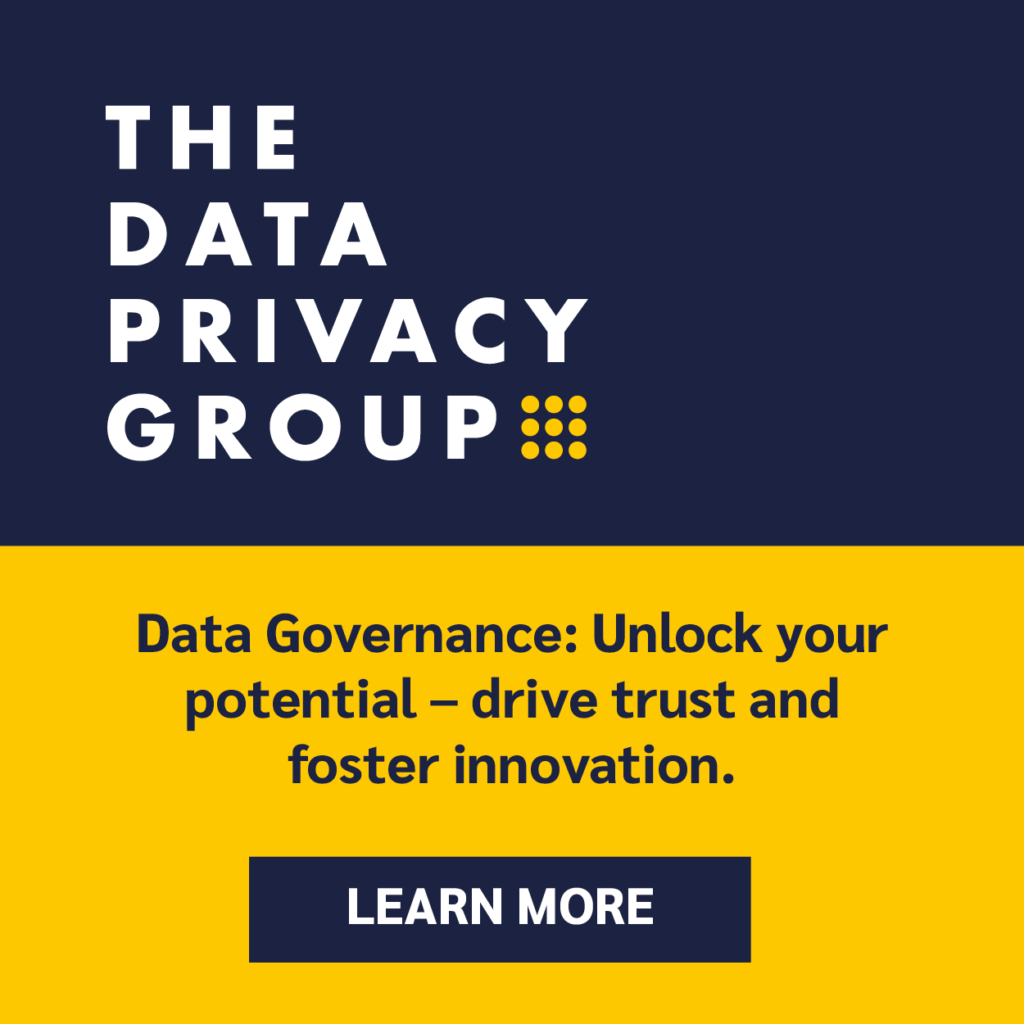Framework Component #9: Data Work Program
Data Governance involves a lot of moving parts. With many stakeholders expecting many outputs, it can be challenging to manage projects, responsibilities, and project plans. Many Data Governance programs employ a portfolio approach to organizing their work, grouping projects and ongoing activities into workstreams.
Each workstream will typically have its own lifecycle, with its own focus, scope, goals, metrics, funding, and responsibilities.

The outputs of some workstreams, as discussed before, may be “soft” results that are anecdotal, or hard to measure. Others should be SMART: Specific, Measurable, Actionable, Relevant, and Timely.
As discussed with component #1: Mission and Value, Data Governance programs need to be careful when scoping their program. They must be equipped to deliver value to beneficiaries where promised, and they must ensure that they assign limited resources to the right tasks within the right workstream. While the outputs of these tasks and workstreams are described as Governance outputs, their delivery requires strong management by the leader of the Data Governance Office.
Mature Data Governance Programs may provide outputs that add value, reduce cost and complexity, or manage risk for some of the following:
- Data Usage
- Strategy
- Data Science
- Data Management
- Product Management
- Compliance
- Policy/Standards
- Access/Sharing
- Fitness-for-Use
- Data Definitions
- more
Describing Workstreams
For each workstream, everyone involved in Data Governance should know what success looks like, and how it’s being measured. Consider creating value statements with the following formula:
Before and during a Data Governance effort
Because Data Governance intends to do A,
we anticipate delivering B [output],
delivering C [impact for beneficiary];
otherwise,
they are at risk of D,
with a result of E.
After an effort
Because Data Governance did A,
it provided B [output],
with C [impact for beneficiary];
without it, they were at risk of D,
and therefore E.
Read more: Funding Models




